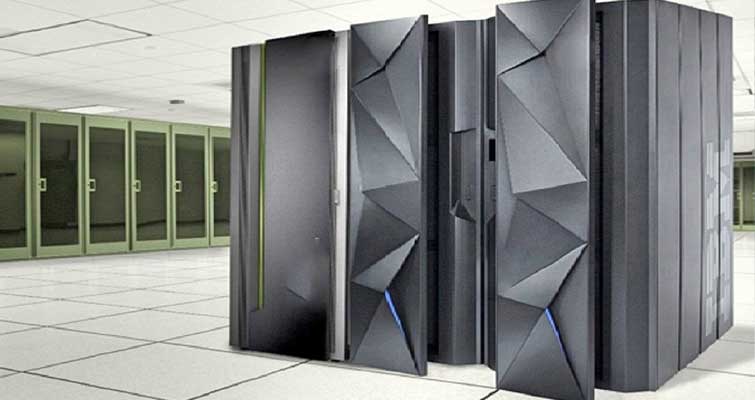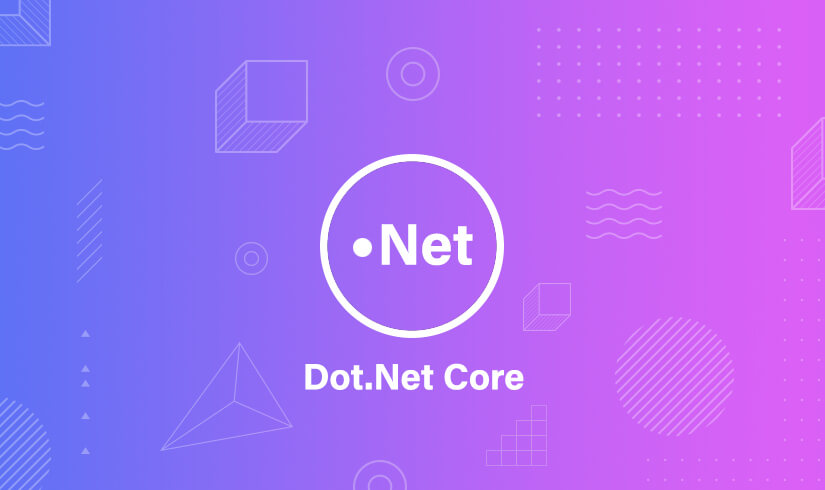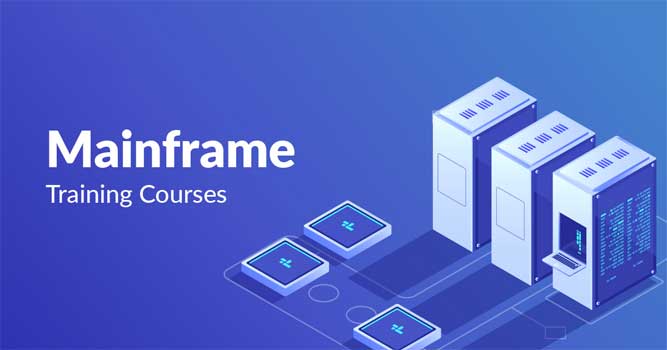Mainframes are large, powerful, and centralized computers used by large organizations to process business-critical data on a massive scale. They’re particularly important to financial service providers who need to quickly and continually process huge transaction volumes. They’re also used by insurance companies, retailers, and credit card companies.
These computers can be very complex to operate and update, so they’re usually operated by specialized staff. But they also offer a high level of performance and security, making them an attractive choice for businesses with data-intensive needs.
One of the reasons mainframes have such a long lifespan is their scalability. They can replace dozens or hundreds of servers and consolidate their computing power into one machine, which makes them ideal for handling heavy workloads that would overload standard server hardware.
Another reason is their resiliency. Mainframes can handle massive amounts of data and transactions without slowing down or crashing, which allows them to continue processing critical information even during times of emergency. They’re especially helpful in situations like when a disaster like an earthquake or hurricane destroys the hardware in other server rooms. With a mainframe, it’s possible to restore the system’s workload from a remote backup in just a few hours.

The resiliency of mainframes is also evident in the way they handle data transfers and storage. The machines have a very high memory capacity, which makes them capable of processing a massive amount of information at once. They’re also able to transfer large files between different locations with minimal downtime. This is particularly useful in highly regulated industries like healthcare and banking, where the protection of confidential patient data is paramount.
A key feature of mainframes is their ability to run multiple operating systems simultaneously. This allows them to take advantage of a wide variety of software and applications, which improves performance and efficiency. For example, a mainframe can host the operating systems z/OS, z/VSE, Linux for System z, and z/TPF at once. Each of these platforms can have its logical partitions on the same physical machine, which eliminates memory limitations and improves speed.
Moreover, mainframes have extremely secure architectures and encoding capabilities. This gives them the heightened level of security needed by banks and government offices.
The mainframe’s resiliency is why many organizations have trouble moving away from it. It’s expensive to migrate to a new platform, which can take years and require significant investment in new software. Additionally, the mainframe market is dominated by just a few vendors like IBM and Unisys. This means that if those vendors raise prices or discontinue the product line, customers are left with little leverage.





